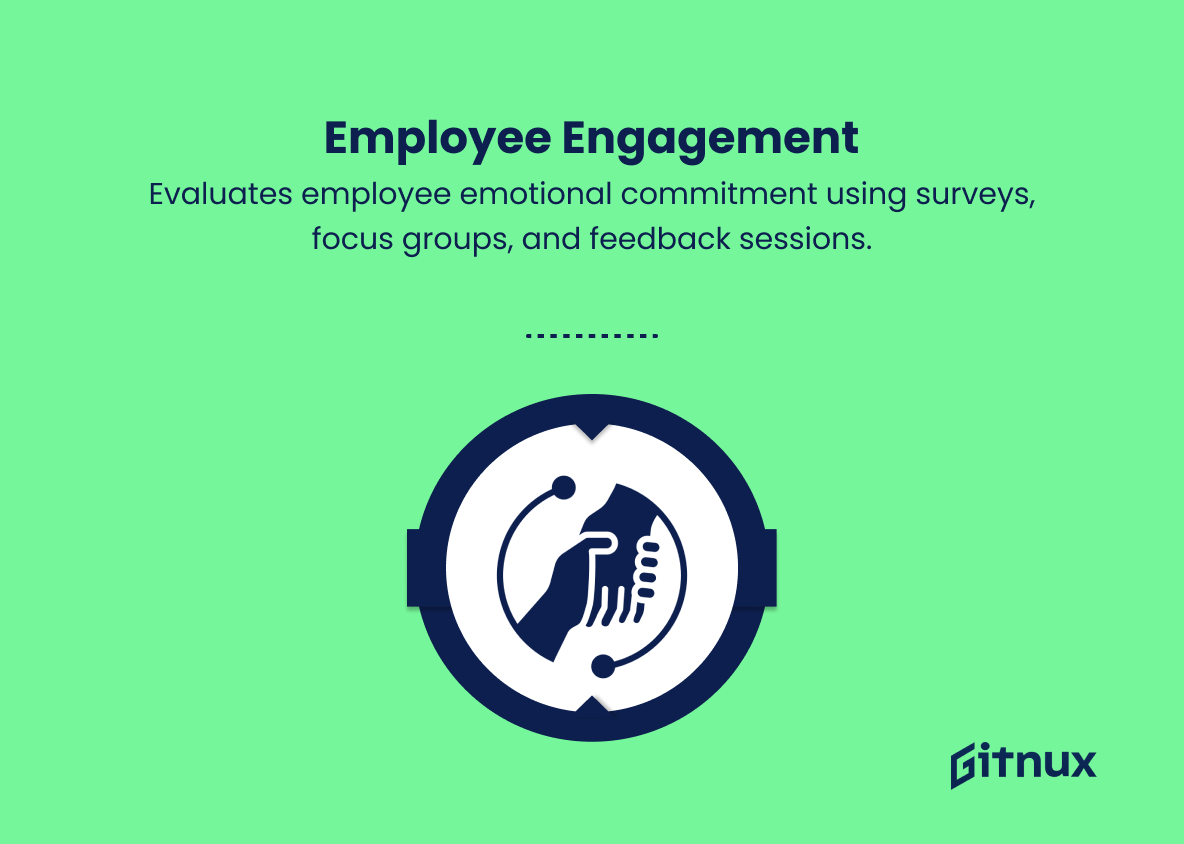In today’s rapidly evolving corporate landscape, effective employee relations management is a necessity for organizations aiming to maintain a motivated workforce and achieve long-lasting success. Employee relations metrics play a pivotal role in this task, providing valuable data-driven insights to monitor, optimize, and improve the overall well-being and productivity of your workforce.
This blog post will delve deeply into the realm of employee relations metrics, highlighting their relevance in the modern workplace, exploring the most impactful KPIs, and sharing the best practices to harness the power of these indicators to build a cohesive, engaged, and high-performing work environment. Join us as we unravel the intricacies of employee relations metrics and set the foundation for nurturing enduring and mutually beneficial relationships within your organization.
Employee Relations Metrics You Should Know
1. Employee turnover rate
The percentage of employees who leave the organization within a specific period, typically calculated on an annual basis. This metric helps to measure employee satisfaction and the effectiveness of retention strategies.
2. Employee engagement
Measures the emotional commitment and involvement of employees towards their organization. This can be assessed through surveys, focus groups, and regular feedback sessions.
3. Absenteeism rate
The rate at which employees miss work, excluding planned leaves like vacations and personal days. High absenteeism can indicate poor employee morale, health issues, or workplace conflicts.
4. Retention rate
The percentage of employees who stay with the organization for a specific period, usually one year. A high retention rate indicates employee satisfaction and effective HR practices.
5. Time to fill a position
The average number of days it takes to fill an open position from the date it’s posted to the date an offer is accepted. This metric helps to evaluate the efficiency of the recruitment process.
6. Training effectiveness
Measures the impact of employee training programs on job performance, productivity, and overall business results.
7. Employee satisfaction
The level of contentment employees feel about their working conditions, including their job roles, team dynamics, and company culture. Employee satisfaction surveys are helpful for gathering this data.
8. Diversity and inclusion index
Measures the level of diversity in the workforce and the organization’s inclusiveness practices. This index tracks the representation of different demographic groups (e.g., race, gender, age) and evaluates the effectiveness of diversity initiatives.
9. Performance appraisal rate
The percentage of employees who receive performance evaluations within a given period. This metric helps to assess the effectiveness and consistency of performance management practices.
10. Internal promotion rate
Measures the percentage of job openings filled by promoting internal candidates. A high internal promotion rate indicates an organization’s ability to develop and retain talent internally.
11. Employee productivity
The amount of output or work completed by employees in a given time period, often measured in terms of revenue per employee, units produced per employee, or billable hours per employee.
12. Employee net promoter score (eNPS)
A measuring tool to assess employee loyalty and satisfaction by asking employees how likely they would be to recommend their organization as a place to work. The eNPS score ranges from -100 (all detractors) to +100 (all promoters).
13. Exit interview analysis
Provides insights into why employees leave the organization by analyzing the data obtained from exit interviews. This metric helps identify areas that require improvement to reduce employee attrition.
14. Percentage of top performers retained
Measures the retention rate of top-performing employees in a given period. High retention of top performers indicates effective talent management practices.
15. Grievance resolution time
The average time taken by an organization to resolve employee grievances or complaints. This metric indicates the organization’s responsiveness to employee concerns and issues.
Employee Relations Metrics Explained
Employee relations metrics play a crucial role in understanding and managing the overall well-being and performance of an organization. Monitoring employee turnover rate, for instance, can reveal levels of satisfaction and the success of retention strategies, while tracking employee engagement provides valuable insight into their commitment and dedication. By analyzing absenteeism rates, managers can identify morale issues or workplace conflicts, while also ensuring that retention rates reflect a strong work culture.
Efficient recruitment processes are essential, with time to fill a position being a key indicator of this effectiveness. Continuously assessing training programs and their correlation to overall business results helps improve productivity, while keeping an eye on employee satisfaction ensures that organizations maintain a positive work environment conducive to success.
Creating a diverse and inclusive workforce is increasingly important in today’s global economy. The diversity and inclusion index serves as a valuable tool for measuring these efforts. Regularly evaluating performance management practices through performance appraisal rates, internal promotion rates, and retention of top-performing employees showcases the organization’s ability to develop and retain talent.
Monitoring employee productivity, eNPS, and the findings from exit interviews further help organizations understand their workforce dynamics better and make necessary adjustments. Finally, ensuring timely grievance resolution highlights an organization’s commitment to addressing employee concerns and promoting a healthy work atmosphere. In summary, these employee relations metrics serve as vital tools to measure and manage organizational health, providing valuable insights for driving continuous improvement and success.
Conclusion
In conclusion, effective employee relations metrics are crucial for organizations to achieve increased efficiency, higher employee morale, and long-term success. By consistently tracking and monitoring these critical metrics, employers gain valuable insights into the state of their workforce, facilitating better decision making, problem solving, and communication.
Furthermore, the implementation of accurate and relevant employee relations measures empowers organizations to enhance their corporate culture, better navigate change scenarios, and cultivate a healthy and productive work environment for everyone. To achieve this, businesses must invest in reliable data gathering tools and maintain open dialogue with employees to create a people-centric approach for sustainable growth and development.
















